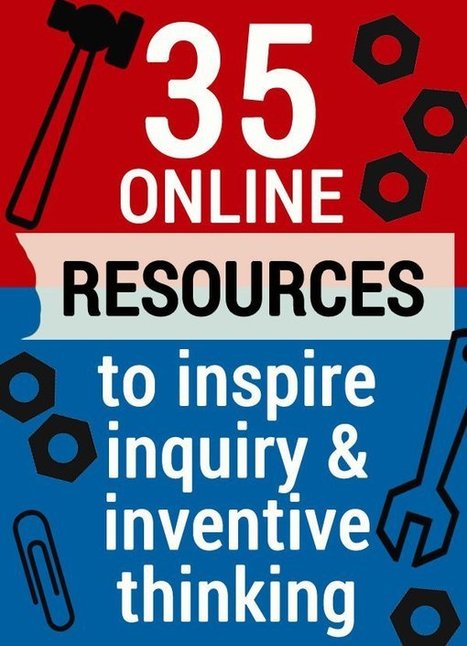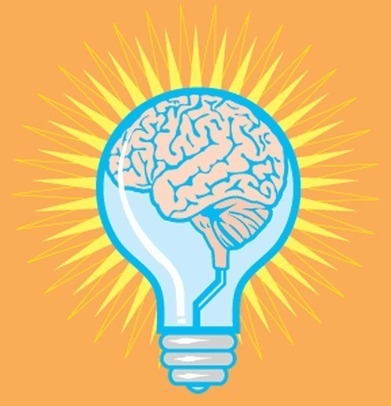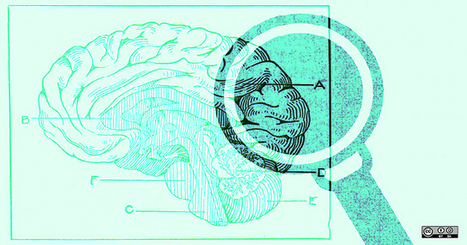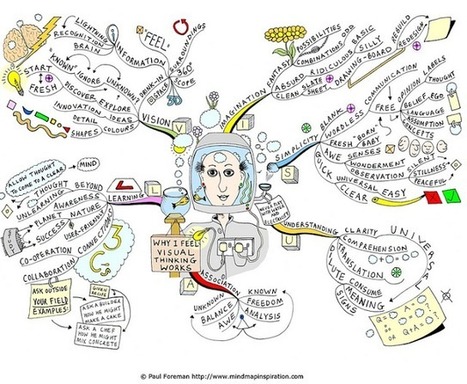Great minds don’t think alike—which is why students need to witness examples of genuine thought in all its glorious and messy individuality.
I work with a fifth grader—let’s call her Sasha—who struggles with math. She’s anxious about it, she’s told me. Sasha doesn’t like how it feels when it seems like the other kids are getting it and she’s not. She asks me to give her a practice problem like the ones she’s working on in class.
I think for a moment, then type onto our Zoom chalkboard: “I recently bought an 8-kilogram bag of Kitty Kibble. Assuming that I don’t go to the store again and Tabitha eats 50 grams of food a day, after how many days will she be completely out of food?”
Onscreen, I watch her read. First, she smiles—she likes it when my cat makes it into word problems—and then her expression darkens. She blinks, then swallows. Blinks again. Then she looks up. “Fifteen,” she says matter-of-factly.
Get Started for FREE
Sign up with Facebook Sign up with X
I don't have a Facebook or a X account
 Your new post is loading... Your new post is loading...
 Your new post is loading... Your new post is loading...

Fiona Leigh's curator insight,
October 3, 2017 4:50 PM
All educators need to examine their practice to motivate learners to want to learn

Nik Peachey's curator insight,
October 31, 2016 3:16 AM
Well worth a read. Some good practical suggestions.

Jan Klassiek's curator insight,
October 19, 2015 7:38 AM
Weer een goede tip van Ana Cristina Pratas op Scoop.it (Digital Delights for Learners, Sites for learning and developing creativity)! Natuurlijk, hoewel steeds minder een bezwaar, het is in het Engels, maar wat een rijkdom... Om door te snuffelen en ter inspiratie!
Hierbij ook de rechtstreekse link: http://childhood101.com/2014/07/35-resources-to-encourage-inquiry-inventive-thinking/

KB...Konnected's curator insight,
October 23, 2015 11:23 PM
Check this out. It's a really neat list with lots of goodies. |

Paul Hamad's curator insight,
January 22, 2019 8:40 PM
Can you guess how many days it takes to change a habit? I know the answer, and it's not what you think either.

Ruth Virginia Barton's curator insight,
October 27, 2015 1:31 PM
This article's headline got to me initially; it really got to me when it said creative people are not just finding solutions; they're finding problems! Ding ding ding ding ding!! This also won me over: 'The 'So What?' leads to student initiated inquiry." When absorbing content, I believe in allowing the student to initiate the inquiry into their own "So What?"
Bee Rum's curator insight,
October 28, 2015 8:11 AM
Students have trouble formulating opinions and creating ideas; we must help them generate thoughts and problem solve by sharing frameworks for thinking. |



























